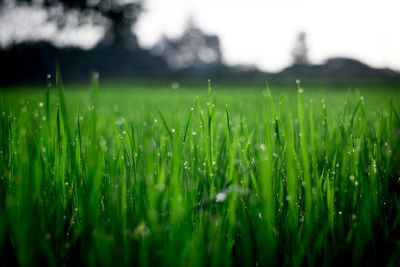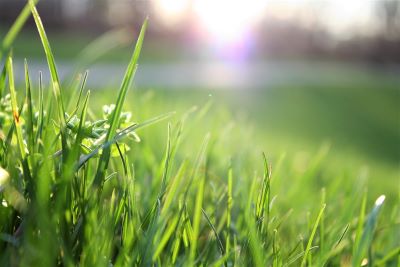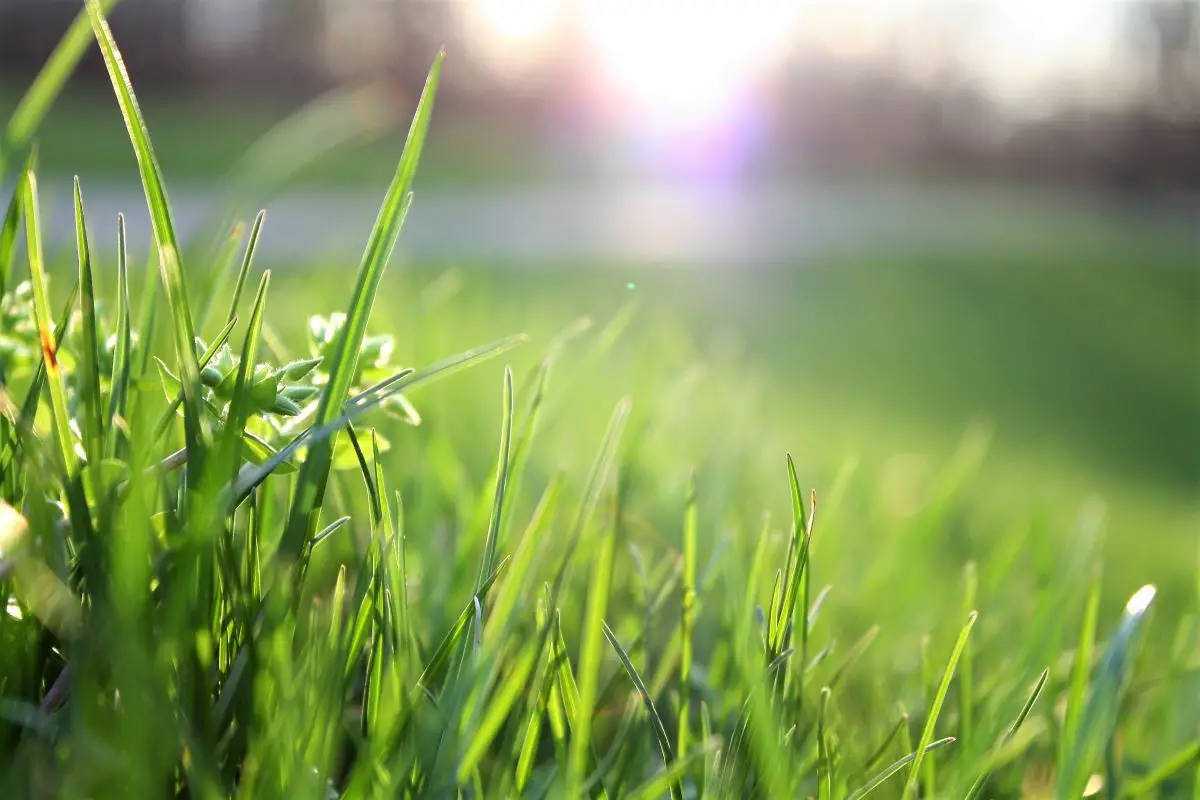End of Summer Lawn Care Tips: Keep Your Yard Lush and Green
As the days grow shorter and the cool embrace of fall approaches, it becomes increasingly vital to provide your lawn with that extra bit of attention, ensuring it remains vibrant and lush. With the End of Summer Lawn Care Tips featured in this article, we aim to equip you with the knowledge and tools necessary to transform your lawn into a source of envy within your neighborhood. In the sections that follow, we will delve into the intricacies of maintaining a healthy lawn, providing you with a comprehensive guide on how to nurture your grass to its full potential. So, without further ado, let’s embark on this journey towards a greener and more inviting lawn!
Preparing Your Lawn for the Changing Season
End of Summer Lawn Care Tips should cover all aspects of maintaining a beautiful yard, from mowing and watering to tackling any issues that might have cropped up. Here’s a comprehensive guide to help you with this task:
Regular Mowing is Key
During the summer, grass can grow rapidly, so it’s crucial to keep up with regular mowing. Maintain a grass height of about 2-3 inches and avoid cutting more than one-third of the grass blade in a single mow. This practice encourages healthy growth.
Proper Watering
As the weather cools, your lawn won’t need as much water. Adjust your watering schedule accordingly, making sure to water deeply but less frequently. This encourages the roots to grow deeper into the soil, making your lawn more resilient.
Fertilization Matters
Apply a balanced fertilizer to give your grass the nutrients it needs to stay strong. Look for a fertilizer with a high phosphorus content to promote root development. Apply it at the end of summer for the best results.

Dealing with Weeds
Weeds can be a constant battle. Consider using a weed control product to tackle any unwanted growth. Be sure to follow the instructions carefully, and if possible, opt for organic solutions.
Addressing Thatch and Aeration
Thatch can suffocate your lawn, so it’s essential to dethatch it when needed. Aeration, which involves perforating the soil with holes, can help the grass roots get more oxygen. It’s best done at the end of summer.
Pests and Diseases
Keep an eye out for signs of pests or diseases in your lawn. If you spot any issues, address them promptly. You might need to consult a professional for severe problems.
Overseeding for a Lush Lawn
To ensure a thick, green lawn next spring, consider overseeding at the end of summer. This involves spreading new grass seed over your existing lawn, filling in any bare spots and promoting a denser lawn.
Clean Up Fallen Leaves
As autumn approaches, fallen leaves can smother your grass. Rake and remove them regularly to prevent mold and disease from taking hold.
End of Summer Lawn Care Tips
Now that we’ve covered the basics, here are some specific tips to round out your End of Summer Lawn Care routine:
Edging and Trimming
Give your lawn a polished look by edging along sidewalks and driveways and trimming around trees and shrubs. This step provides a neat and tidy appearance.
Keep Your Lawn Mower Sharp
A dull mower blade can damage your grass. Ensure your mower blade is sharp for clean cuts, which are crucial for maintaining a healthy lawn.
Check Your Sprinkler System
Inspect your sprinkler system for any damaged or misaligned heads. Properly functioning sprinklers ensure even watering.
Don’t Forget About the Soil
Test your soil’s pH levels and nutrient content. This information will guide you in making the right amendments to ensure your grass gets the nutrients it needs.
Gradual Reduction of Watering
As the days get shorter and cooler, reduce the frequency of watering while maintaining deep watering cycles.

Plan for the Next Season
Consider any landscaping changes you’d like to make and plan for them during the fall season.
FAQs
Q: When should I stop mowing my lawn at the end of summer?
A: You can continue mowing until the grass growth significantly slows down, which typically occurs in late September or early October. This period allows your grass to prepare for the winter months when it goes into dormancy. Mowing during this time helps prevent your lawn from becoming too long and susceptible to disease or pests.
Q: Is it okay to water my lawn in the evening?
A: It’s generally better to water your lawn in the morning rather than in the evening. Morning watering allows the grass to absorb moisture and get a head start on photosynthesis during the day. Watering in the evening can lead to prolonged moisture on the grass, creating conditions conducive to fungal issues, such as mold and mildew. If morning watering isn’t possible, aim for the late afternoon, so your lawn has some time to dry before nightfall.
Q: How can I deal with stubborn weeds?
A: Persistent weeds can be a challenge, but there are effective approaches to tackle them. You might consider using a broad-spectrum herbicide, which targets a wide range of weed species. Ensure you follow the instructions on the product carefully. Another option is to consult a professional lawn care service. They can assess your specific weed problem and recommend the best course of action, which might include targeted herbicides or alternative weed control methods.
Q: Can I aerate my lawn on my own?
A: Yes, you can aerate your lawn on your own if you’re up for a DIY project. You can rent an aerator from a local garden center or home improvement store. Aerating your lawn involves perforating the soil with small holes, allowing air, water, and nutrients to penetrate the root zone. This process helps to alleviate soil compaction and promotes a healthier lawn. If you’re not comfortable with this task, you can also hire a professional lawn care service to handle aeration for you.
Q: What is the ideal grass height for the end of summer?
A: To ensure a healthy transition into fall, aim to keep your grass at a height of about 2-3 inches at the end of summer. This height is optimal because it provides adequate leaf surface for photosynthesis, which is crucial for storing energy in the roots. It also prevents the grass from becoming too long, reducing the risk of disease and damage as the season changes.

Q: How often should I fertilize my lawn at the end of summer?
A: Applying fertilizer once at the end of summer is usually sufficient for most lawns. This late-summer application provides the grass with essential nutrients to strengthen its roots and prepare for the cooler months ahead. Look for a balanced fertilizer with a higher phosphorus content to support root development. Be sure to follow the recommended application rates on the fertilizer packaging for best results.
Q: What should I do if I notice brown or bare patches on my lawn at the end of summer?
A: Brown or bare patches can be a common issue after a hot summer. To address this, you can reseed these areas to encourage new grass growth. Be sure to keep these patches well-watered and protected from foot traffic to give them the best chance to recover.
In Conclusion
These End of Summer Lawn Care Tips are your ticket to ensuring that your lawn not only survives but thrives as the season undergoes its transition. Embracing regular maintenance, addressing any issues promptly, and offering that extra dose of care can work wonders in the quest for a magnificent yard. By adhering to these valuable insights, you’re on the path to becoming the neighborhood’s most admired lawn owner, with a lush, vibrant, and truly inviting green space that stands as a testament to your dedication and expertise. Keep these tips close at hand as you embark on your journey towards a beautiful, envy-inducing lawn.

